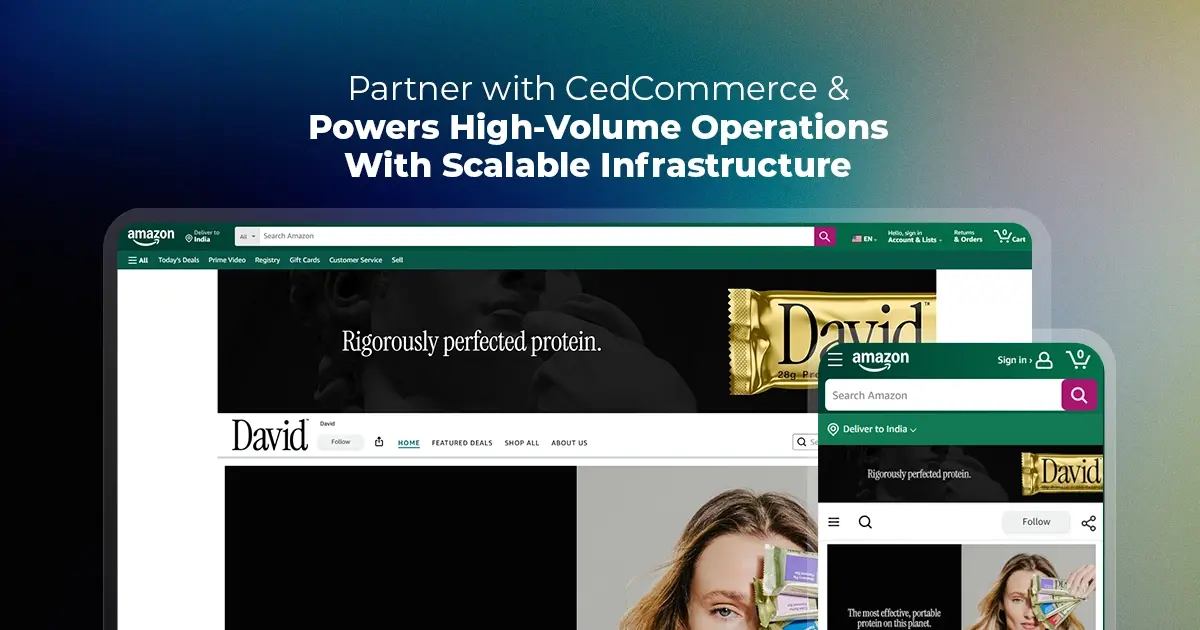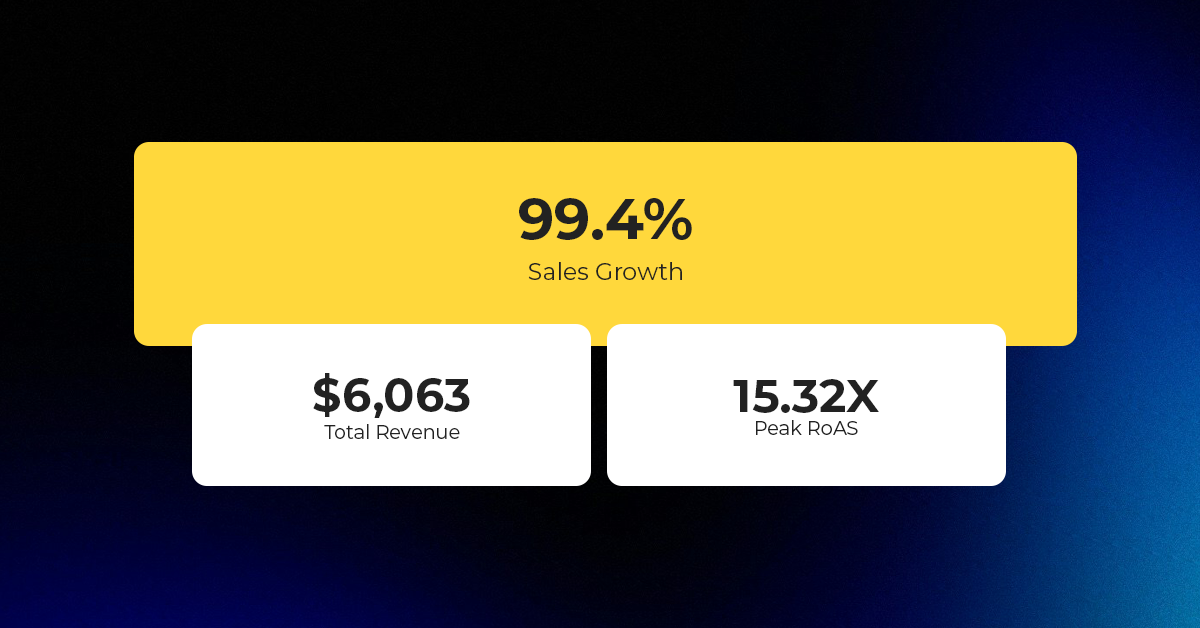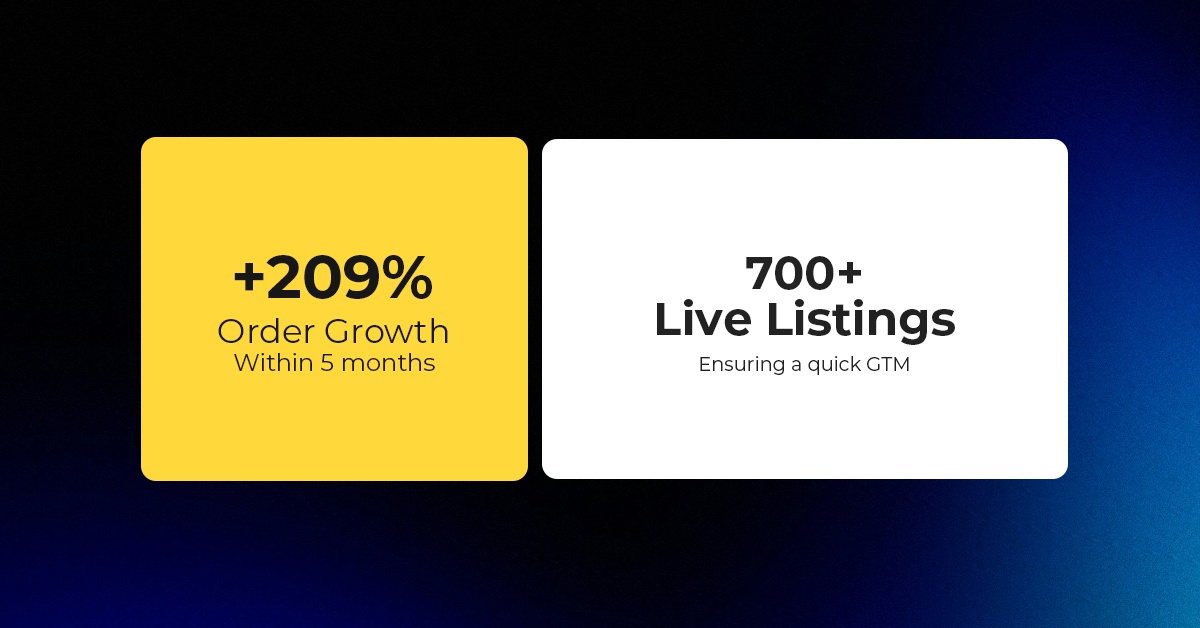Centralized Catalog, Faster Publishing: 40ParkLane’s Marketplace Success with CedCommerce
Reading Time: 4 minutesAbout the Brand: 40ParkLane LLC Studio40ParkLane is a design-led print-on-demand brand created…
YouTube being the second largest platform with almost 2 billion active users led everyone to think of it as a breakthrough for brand promotions, and as an upfront platform. True to its overall solidarity but there is always constant questioning about
How to remove the noises uncalled-for?
The noise here means to decide to segregate the content and what suits your channel best by closely looking into the analytics using YouTube analytics that improves and leverages your performance.
In the blog we will rummage YouTube analytics and gather anecdotes that you can implement easily :
If we state in simple words YouTube analytics is a way to know what is going behind the curtains of your channel. It is a pool of incredible information and demographics of your viewers so that you may have a deeper understanding of the audience your channel is catering to.
We learnt about what YouTube analytics is and how it helps in catering to your audience according to their preferred choices. Let us go deeper into the analytics and be familiar with it.
We learnt why measuring YouTube analytics is important. It’s time for understanding the step by step procedure to
YouTube generated $19.77 billion in ad revenue in 2020. Ahead of both Instagram and Facebook, it has the highest ROI for video content. Done right, YouTube ads are a profitable endeavor.
But you can also accumulate significant exposure and revenue through an organic YouTube strategy. Best practice is to start with organic, understand what techniques work for your content, then boost with paid.
In both respects, you need to understand if your content and paid media efforts are performing. There are four key reporting areas within YouTube Analytics:
As with most platforms, there are metrics that matter, and vanity metrics. Similar to app store optimization (ASO), it’s easy to fall into the trap of chasing shallow wins.
For ASO, this happens when you prioritize downloads over long-term value. Given that most users abandon apps within 30 days post-installation, high downloads don’t lead to high audience retention, satisfaction, or revenue. Time-to-value is much more important.
With YouTube, for organic, average view duration (AVD) and click-through rate (CTR) should be prioritized over YouTube search optimization, descriptions, tags, and other vanity metrics. YouTube elevates videos (and channels) that prove meaningful engagement, which is exactly what AVD and CTR do.
By elevate, we mean high AVD and CTR can get you into YouTube’s recommendation engine. 70% of the time, content users consume is recommended by YouTube’s AI and algorithm, so you want to be on this ride.
AVD is total watch time divided by total video plays, meaning viewers watch for longer, and sometimes even replay. And a high CTR represents that your hook and thumbnail resonate with your audience enough to click and view.
Understanding which videos resonate and engage allows you to replicate success and optimize those that fall flat.
Once you do master your organic marketing strategy, you can bring YouTube ads into the game. With the right targeting and content, paid ads can expand your reach and revenue.
As with any marketing play, make sure to align your ads with the stages of the funnel. Choose an ad format and campaign that aligns with your end goals (e.g. are you looking to generate traffic or leads?).
The three most critical metrics for monitoring and performance, especially regarding ROI, are View rate, CTR, and Earnings per view. These tell you how many people actually watched your videos, clicked on them, and the money earned per video view.
Of course, a video with low ROI can still generate awareness, expand impact, and lead to sales. Peripherally, you should monitor all metrics, but prioritize the ones that align with your goals and drive profitable traffic.
You should still optimize videos to rank for keywords, especially if awareness and reaching a larger audience is important. But Google prioritizes “Video Keywords” when it comes to ranking. Video Keywords represent keywords that already are tied to videos on the platform.
Don’t waste your time trying to make a non-video keyword rank. Also, focus on video keywords that have a result in one of the top three spots in Google. 55% of all clicks come from these top-ranking keywords.
As the name suggests, this metrics from YouTube analytics gives you an overview of your channel or the particular video for which you want to check the metrics.
This metrics focus on
Clear information on how many views you have on your content, what is the total watch time on your videos, number of people subscribed to your channel and how much you could have earned.
Based on this, you can mold your strategy!
For your MOFU content, focus on the Engagement metrics tab. This gives you insights into how viewers are interacting with your videos, including:
The top things to focus using this metrics are
Using engagement metrics from your YouTube analytics, you can easily understand the audience’s reaction to your video and how people are engaging with your content.
In this metrics, you can target the reach of your video content or the channel. Top pointers tracked here are
The basic insights from here are obtained when we dive a little and focus on the following.
Herein from the YouTube analytics you can extract the sources of traffic your content is receiving. Traffic Sources types show you how people are coming to your content. Whether it is from external sources of marketing, or YouTube marketing, Direct or indirect sources. This will benefit you in the way that you can focus more on that source and find ways to target more audience from other sources also.
Knowing and finding your target audience is the utmost priority for any business because that is the point you clear out your sales point and revenue system, Youtube analytics helps you to find out about your audience using the audience metrics. It shows the data for
Also, from this metrics you can come to know about
Using this metrics pointer you will be able to identify you exact target audience. This will help you bring out the best for your target audience and upscale your content and brand to significant levels!
This metrics give you an idea of the revenue you did and expected to make. Top pointers considered here are
Talking about a little in brief, here you can come to know about
Go through each and every metrics thoroughly. Find out where you are lacking. Get the complete overview of your content.
Find out how people are engaging with your content. What is the watch time people are having? What are the trends audience are loving?
Prepare a perfect blend of your target audience and according to them prepare your content and market them well. Check your content reach regularly.
Find answers to these queries and mold your content and strategy accordingly.
Your path to make the most of YouTube for your business or saying to become a successful Youtuber is YouTube Analytics. So, once again go through it, and bring it in practice to become a pro. In case of any confusion or expert support, Connect with over skype or WhatsApp.
You can also come down to the comment section in case of query!

Reading Time: 4 minutesAbout the Brand: 40ParkLane LLC Studio40ParkLane is a design-led print-on-demand brand created…

Reading Time: 3 minutesAbout the Company Brand Name: David Protein Industry: Health & Nutrition (Protein…

Reading Time: 3 minutesOnline retail spending in Germany is entering a renewed growth phase after…

Reading Time: 4 minutesTikTok Shop has released a comprehensive Beauty and Personal Care Products Policy,…

Reading Time: 4 minutesTikTok Shop has formally outlined comprehensive requirements for expiration date labeling and…

Reading Time: 3 minutesTikTok Shop is raising its sales commission for merchants across five active…

Reading Time: 11 minutesBy now you have seen your BFCM 2025 numbers. The harder question…

Reading Time: 3 minutesAbout the Brand Name: Vanity Slabs Inc Industry: Trading Slabs- Vanity Slabs…

Reading Time: 2 minutesAbout the Brand Name: Ramjet.com Industry: Automotive Parts & Accessories Location: United…

Reading Time: 2 minutesAmazon is rolling out strategic referral fee reductions across five major European…

Reading Time: 4 minutesQuick Summary: Scaling Lifestyle Powersports on eBay with CedCommerce Challenge: Zero marketplace…

Reading Time: 4 minutesTikTok has surpassed 460 million users across Southeast Asia, reinforcing its position…

Reading Time: 3 minuteseBay has released its final seller news update for 2025, with a…

Reading Time: 3 minutesAmazon has clarified its stance regarding speculation around a potential breakup between…

Reading Time: 4 minutesWalmart is accelerating its push into next-generation fulfillment by expanding its drone…

Reading Time: 4 minutesFaire, the fast-growing wholesale marketplace connecting independent retailers with emerging brands, has…

Reading Time: 4 minutesB2B buying in the United States is undergoing a fundamental behavioral shift…

Reading Time: 3 minutesSummary Cyber Monday 2025 has officially become the largest online shopping day…

Reading Time: 2 minutesSummary Amazon kicked off December with two major developments shaping the future…

Reading Time: 2 minutesSummary Walmart has entered December with two major moves that signal a…